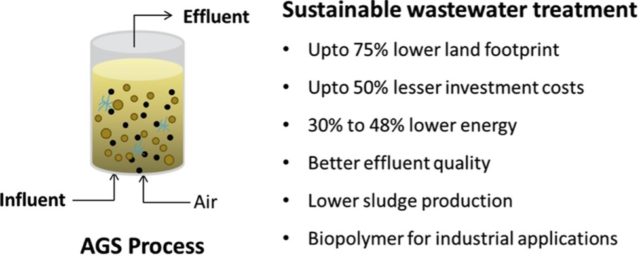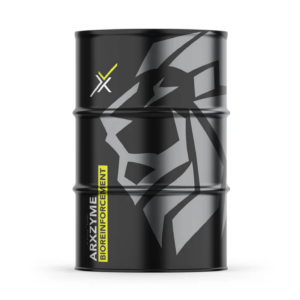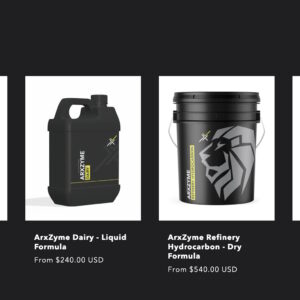
Bioaugmentation For Rapid Formation of Aerobic Granule Sludge (AGS)
Aerobic Granule Sludge (AGS) is a technology that is used for wastewater treatment, and it’s widely considered one of the most promising water treatment solutions available. AGS uses air and bacteria to break down organic matter in waste. This process results in the formation of aerobic granules, which are small, dense, and complete masses of microorganisms.
AGS is a relatively new technology, but it is quickly gaining popularity due to its many benefits. It is more efficient and effective than traditional treatment methods, and it is also much better for the environment.
One of the key components of AGS is bioaugmentation. This is the process of adding bacteria to the system to help break down the waste. Bioaugmentation is an important part of AGS because it helps the system to function more effectively and efficiently.
If you are interested in learning more about AGS and bioaugmentation, then this article is for you. Keep reading to learn about the benefits of AGS, how bioaugmentation can help, and why this technology is so important.
What is AGS?

Image from Science Direct
Aerobic granule sludge (AGS) is a technology that is used for wastewater treatment. It is a system that uses air and bacteria to break down organic matter in waste. This process results in the formation of aerobic granules, which are small, dense, and complete masses of microorganisms. One of the key components of AGS is bioaugmentation. This is the process of adding bacteria to the system to help break down the waste. Bioaugmentation is an important part of AGS because it helps the system to function more effectively and efficiently.
The benefits of AGS
There are many benefits to using AGS for wastewater treatment.
- Efficiency: It is a more efficient process than traditional methods. AGS can treat large volumes of wastewater quickly and effectively.
- Environmentally Friendly: AGS is better for the environment. It uses less energy than traditional methods and produces less waste.
- Sustainable: AGS is a more sustainable option. It can be used over and over again, and it does not require the use of harmful chemicals.
- Cost Effective: AGS is also a more cost-effective option than traditional methods. It requires less maintenance and is easier to operate. Plus, it can save you money on treatment costs in the long run.
Bioaugmentation for AGS
Bioaugmentation is the process of adding bacteria to the system to help break down the waste. Bioaugmentation is an important part of AGS because it helps the system to function more effectively and efficiently. There are many benefits to using bioaugmentation for AGS:
- Breaks down the waste more quickly.
- Improves the system’s overall efficiency.
- Reduces the amount of waste that is produced.
At Arxtera, we have been at the forefront of innovation with over 12 years’ experience and multiple patents, our brand-agnostic approach to process intensification makes us the best solution for consultants, operators, and municipalities to evaluate and engineer an intensification approach to both existing and greenfield facilities. Our brand-agnostic approach allows us to evaluate AGS, Fixed Film, Densification, and Mobile Carrier processes to guarantee our customers that you will get to best solution to optimize your treatment facility.
Contact our team to design your solution today.



